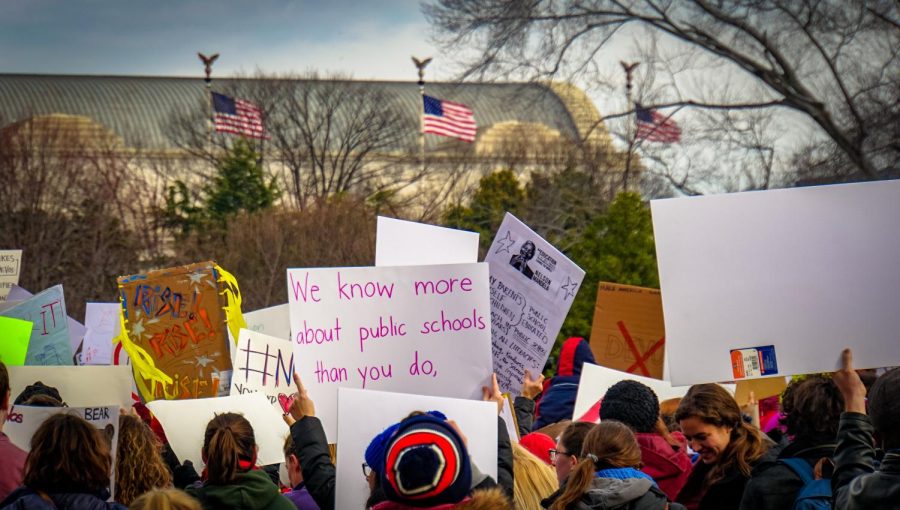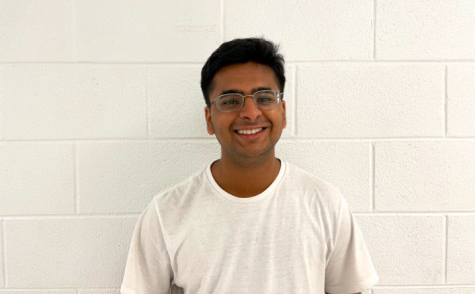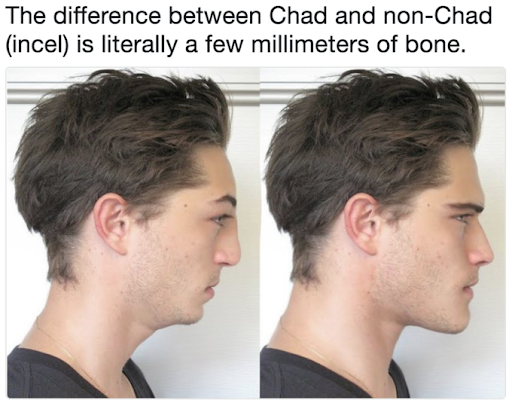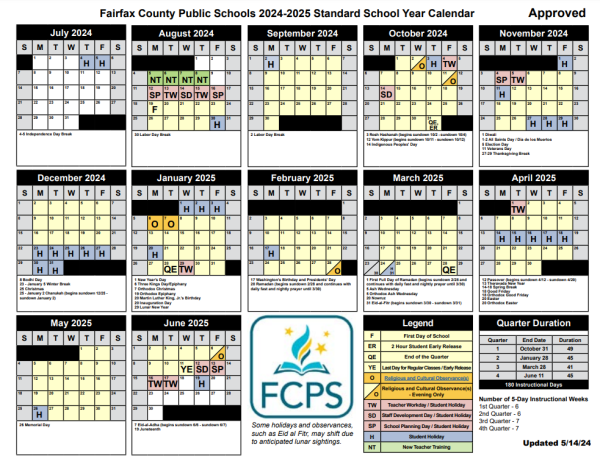THE TRUTH ABOUT CRITICAL RACE THEORY
Photo courtesy of Creative Commons
Activists pressuring school boards to reject critical race theory.
On June 22, the Loudoun County school board planned to discuss mundane school matters, like the use of tennis courts for pickle balls. As the meeting opened with the typical commendations for the achievements of staff and students though, it quickly became apparent that this was no routine school board meeting. An unusually large crowd of 259 people wished to speak, prompting Chairwoman Sheridan to remind the audience of the decorum rules that govern citizen participation. Unfortunately, her calls went unheard. Accusing the school board of propagating critical race theory (CRT), the crowd quickly turned into a virulent riot, eventually leading to the recessing of the meeting and the arrest of two attendees.
A similar scenario played out in Hudsonville, Michigan, where a typically mundane school board meeting descended into chaos. Likewise, in New York, a father rushed a school board member over CRT. Even in Fairfax County, public hearings have quickly become shouting matches over CRT.
It isn’t just local school boards either: advocates against CRT are mobilizing across the nation. In Congress, North Carolina Republican Dan Bishop introduced a bill to block funding for schools that teach CRT, charging that the theory is a “poisonous, neo-Marxist ideology” that is “nothing more than state-sanctioned racism”. Similarly, a slate of conservative states, like Iowa, have enacted bans on CRT, asserting that it’s an attempt to “make kids feel bad because of the color of their skin, or their sex, or any other category”.
Despite vehement opposition, however, few school districts, including those subject to relentless campaigns against CRT, teach CRT. Built on the principle that the law can “maintain and reproduce unequal class and race relations”, CRT is a complicated field of study that even law students struggle with. Though seemingly simple on its surface, this premise can quickly become convoluted, with multiple offshoots of CRT focusing the law’s impact on divergent identities. In other words, CRT is an advanced course reserved for undergraduate and law school courses, not the K-12 education system.
Still, our education cannot ignore race. Framers like Jefferson, Madison, Washington and Hamilton acknowledged the evil of enslavement. Yet, in the “supreme law of the land”, they protected the international slave trade and set the worth of Black people to ⅗ of white people. For the first 80 years of our existence, we pillaged, raped, and dehumanized Black bodies to create America. We finally abolished enslavement in 1865. Still, we continued the lynching and subjugation of Black communities in the nineteenth and twentieth centuries.
Learning about America’s exploitative history can be overwhelming, but it’s not CRT. Instead, it’s an inescapable truth that’s crucial to understand America’s current status. Fictionalizing our bloodied past for political gain ultimately risks the integrity of our education and the safety of marginalized students.
Even when America banned public discrimination in the latter half of the twentieth century, we never fully reversed the legacy of these institutionalized injustices. Redlining, or the systemic denial of federal-backed home loans to Black people, continues to dictate who lives in our communities;, contributing to the disparate allocation of resources in education, infrastructure, and health policies. Moreover, the denial of intergenerational wealth to Black communities has effectively trapped wide swatches of Black families in devastating cycles of poverty. Worse, a deeply discriminatory and unaccountable police and criminal justice system can kill 12-year-old Black children on sight and imprison Black children without charge for 3 years for petty theft, creating deep racial disparities.
To establish the United States, we forcibly removed Indigenous communities, contributing to hundreds of thousands of deaths. We even passed laws in the eighteenth and nineteenth centuries allowing Americans to kill Indigenous people for their property.Later, we kidnapped Indigenous children, placing them in deeply abusive boarding schools that acted as forces of cultural genocide. Throughout the twentieth century, we denied citizenship rights to Native Americans. Today, America suppresses the votes of Native American nations, neglects reservations, and ignores high rates of missing and murdered Native American women.
The US also denied entrance to scores of Asian immigrants in the nineteenth and twentieth century, through restrictions like the Chinese Exclusion Act, the only federal legislation that’s ever explicitly suspended immigration based on a specific nationality. As well as, the National Immigration Act of 1924, a law that effectively banned immigration from all of Asia based on eugenics. In the 1940s, theUS, again fueled by racism, imprisoned more than 100,000 Japanese-Americans in concentration camps, for no other reason than their nationality. During the war, not a single Japanese-American in the US was charged with espionage or sabotage. Still, innocent Japanese-American communities lost hundreds of millions of dollars and were left with deep psychological scars that continue today.
From 1948-58, America, displaying a callous disregard for the lives of Pacific Islanders, tested the “equivalent of more than 1.5 Hiroshima-sized explosions every day for 12 years” in the Marshall Islands, leading to lasting radiation related diseases. Now, prominent US leaders blame COVID and terrorism on various Asian communities, promoting deadly hate.
Early US leaders targeted Latinos too, with John Adams harboring particularly prejudiced views against South America. Eventually, these views culminated in multiple incursions in Central and South America. In the nineteenth and early twentieth century, bands of vigilantes, supported by law enforcement, drew on white supremacy to displace Latino owners of land in the Rio Grande valley, leading to infamous lynchings like the Porvenir Massacre, where Texas Rangers executed 15 Mexican-Americans. Later in 1943, US servicemen, motivated by racism, targeted Mexican-American youth in the Zoot Suit riots. Yet, the Los Angeles police department arrested beaten Mexican youth, rather than American military members. Today, racism against Latinos continues to pervade our political discourse. Political leaders claim that immigrants from Latino countries are “invading” and “overrunning” America, fueling deadly attacks like the El Paso shooting in 2019.
Banning CRT doesn’t just sanitize our education: it harms students. Conservative activists understand that CRT isn’t taught in the K-12 education system. That’s why legislative bans on CRT rarely define the theory. Nonetheless, operatives have latched onto the misunderstood and charged language of CRT to score electoral points. In Fairfax County, accusations of CRT have led to attempts to recall school board members. Similarly,in the Loudoun County board meeting that recessed twice, anti-LGBTQIA+ activists labelled inclusive regulations that would uplift vulnerable transgender students as CRT. Even in the 2021 Virginia elections, Republican candidates have relied on CRT to mobilize supporters. In effect, misguided dialogues about CRT are being employed to politicize our education.






